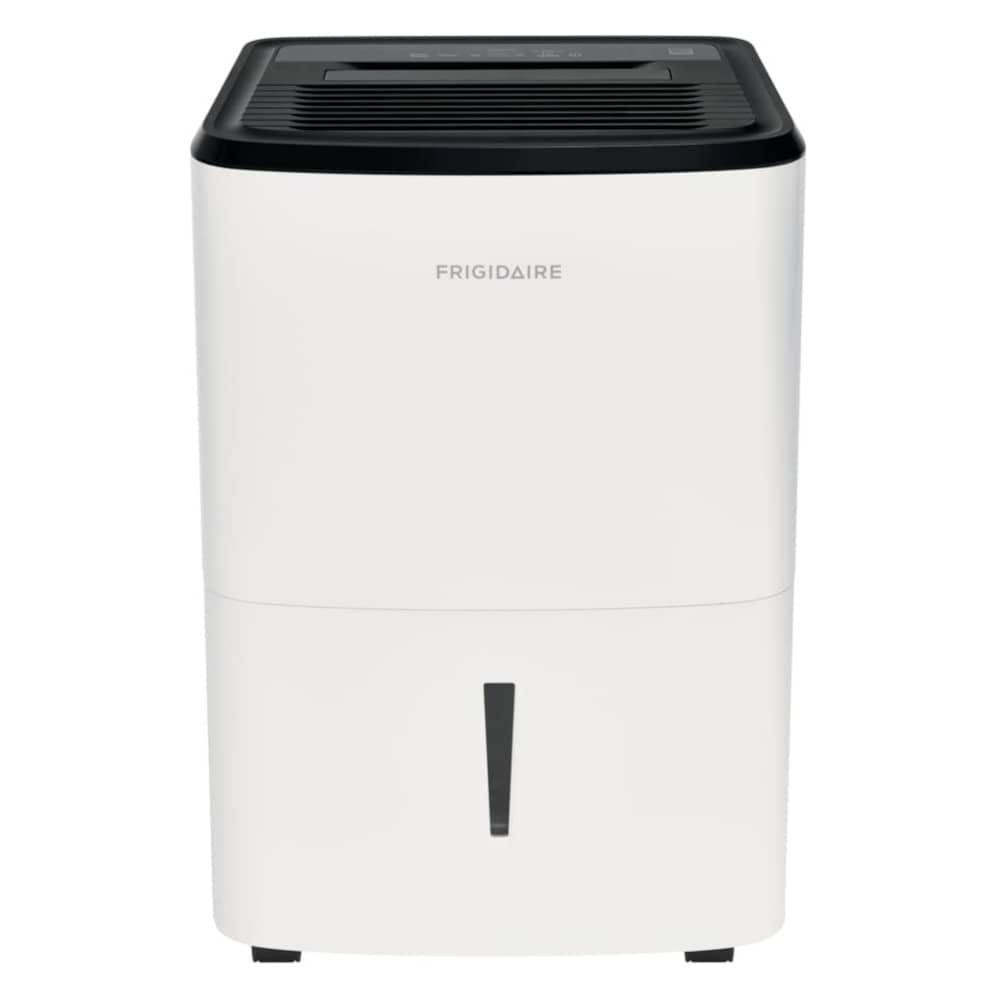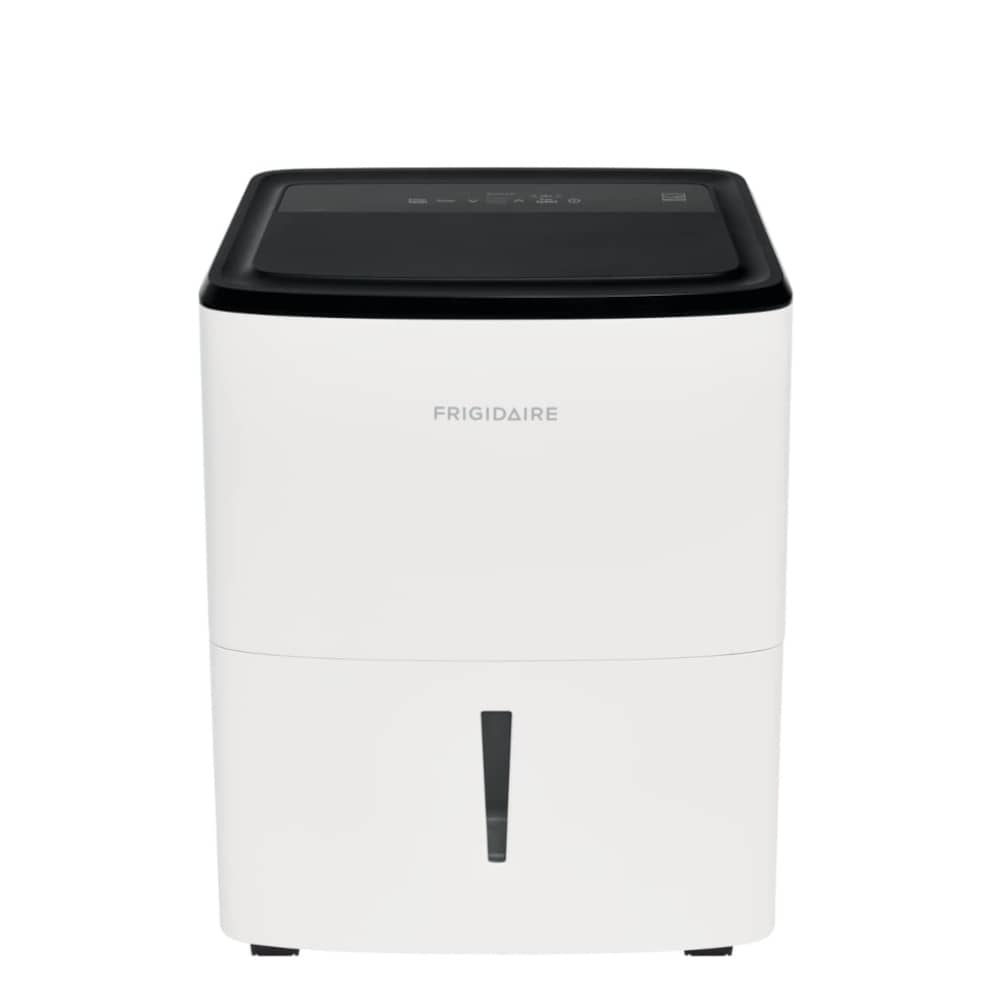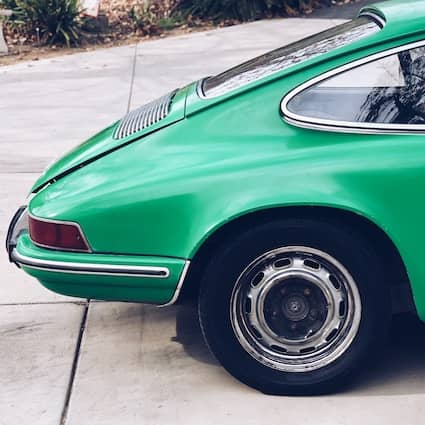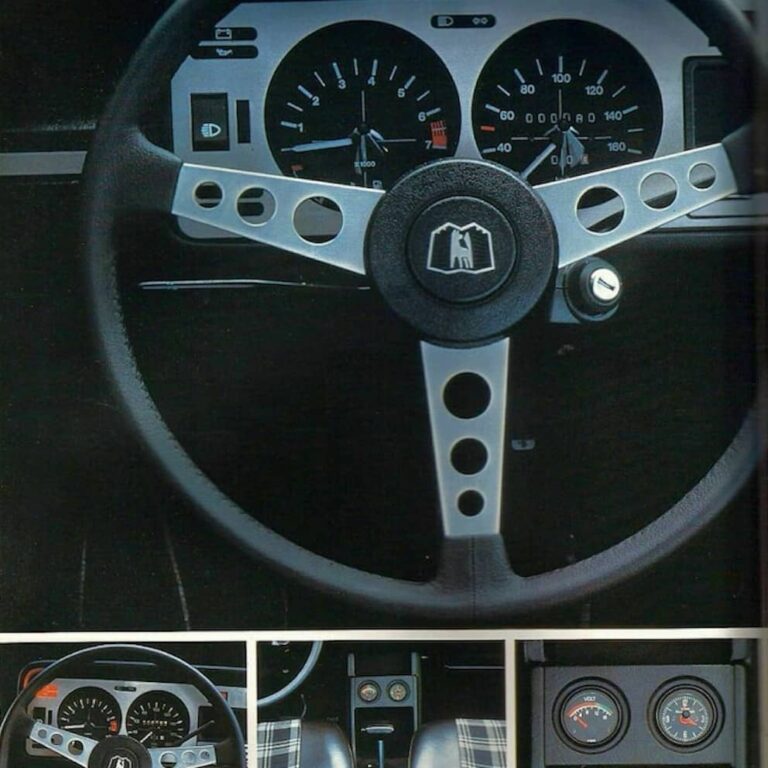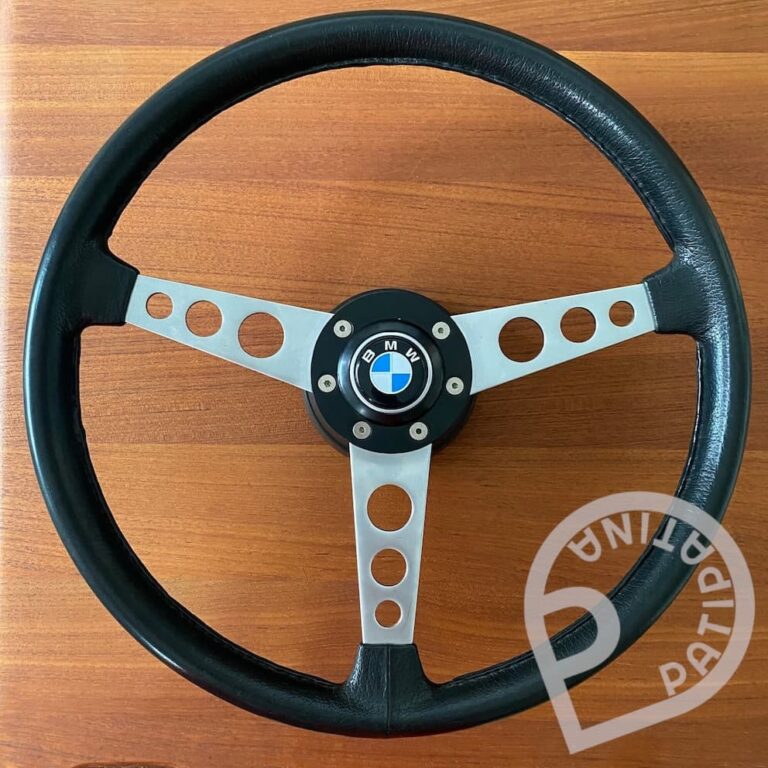How to keep your garage dry
Mads van Appeldoorn
September 15, 2022
As Amazon Associate I earn from qualifying purchases. I may receive a small commission at no additional cost to you for purchases made through links in this post.
Easy steps to keep moisture out of the garage
Moisture can penetrate the garage not only through cracks in the walls or defective windows or garage doors. If you park your car and have previously driven in the rain or snow, condensation can form quickly and the humidity increases.
How to reduce humidity
A few simple steps can help to reduce humidity in your garage. Here’s what you can do in a few simple steps:
1. Protect your tools
Protect your tools by keeping a few small bags of silica gel in between your tools or tool cart. This will protect your tools from rusting as silica gel absorbs moisture.
2. Keep water out
If you’ve been driving in the rain and then park in the garage, the water in the garage will evaporate, increasing the humidity, which can lead to rust and mold. It is best to dry the car with a towel before you close the garage door. Snow should also be removed. If it melts and then evaporates, it has the same bad effect.
3. Add windows
If you don’t have windows in the garage that can provide air circulation, consider installing a window or skylight. Or maybe a modern skylight with a solar panel that feeds a battery, which then opens and closes automatically when the sensors detect rain. Sunshine helps a lot to dry out a damp garage.
4. Improve ventilation
If you can’t open or install windows, consider installing a ceiling fan to improve airflow. An exhaust fan in the wall also helps, or a dehumidifier.
5. Remove mold breeding grounds
Last but not least, remove all breeding grounds for mold. Cardboard is one of the “best” breeding grounds for mold. Moisture settles, mold forms and spreads. So, it is best to remove all boxes from the garage and store parts etc. in other containers.
Use a dehumidifier to keep the garage dry
A reliable yet smart way to keep humidity levels in the garage low is to use a dehumidifier. A dehumidifier removes moisture from the air, which can be done in a number of ways, which I’ll get to in a moment. By removing the moisture you will not have problems with condensation in your garage and as a result your tools and hopefully your car will not rust.
Even if you don’t pay attention to it constantly, the dehumidifier can act as a guardian to always keep the right humidity in the garage or not to exceed thresholds. At the same time, it’s a kind of backup if you forget to wipe the car down with a towel. Because under the car, in the wheel arches, etc., water also collects, which is usually neglected when wiping.
How to pick a dehumidifier of the right size?
The primary goal is to keep the humidity low. A dehumidifier will not help against possible cold, this has to be solved differently. Important note – don’t overbuy. Not the biggest or the strongest, rather the smartest, most effective and efficient. First of all, it makes sense to measure. In all respects. A hygrometer measures the humidity, you can get one for about $10 on Amazon. A good humidity level in the garage is below 55%. Buy a hygrometer and measure your humidity, before you consider buying a dehumidifier. If the level is over 55%, a dehumidifier makes sense.
1. Take measurements – how big is your garage?
Now you have to figure out what size it needs to be and what features it needs. For instance, if your garage is 20 ft in length and 22 ft in width, than the area is 440 sq ft.
2. Moisture level – how much moisture is in your garage?
That’s somehow a hip estimate, very subjective but that doesn’t matter. Try to classify the humidity into one of these categories:
- Moderately Damp: Garage feels damp, but has a musty odor only in humid weather conditions.
- Very Damp: Garage always feels damp and has musty odor, damp spots.
- Wet: Garage feels wet, walls or floor sweat.
- Extremely Wet: Laundry drying, wet floor, other high load conditions.
Most likely, you’re in the moderately damp category. Otherwise, fix other issues first. In the end, the category and size tells you, what size your dehumidifier shall be.
3. Compare garage size and moisture level
Now you have the two important factors when choosing a dehumidifier. Garage size and humidity level. Now you can tell how much moisture you want a dehumidifier to remove based on that. 10 pints should be enough for 500 sq ft.
If you look around, the smallest dehumidifier commonly produced is 30 pints. That’s based on buildings, not specifically garages. But since the insulation is most of the time not as good as the building you live in, a 30 pints dehumidifier should do the job up to a garage size of 1500 sq ft. Don’t go any bigger as it only uses more energy!
What is the best dehumidifier for the garage?
Not as important as garage size and moisture level, but keep in mind that some dehumidifiers work better in certain temperatures.
I have storage spaces in places I don’t get to every day so I purchased dehumidifiers with hose outlets – no need to empty the containers. And I wanted a model where I pick a humidity level and the dehumidifier does the rest. Means it turns on when its above and shuts down when it has reached my setting.
For my bigger garage I bought the Frigidaire 35 pints model and for my other garage / storage I got the smaller Frigidaire 22 pints and I could not be happier with both of them. They both do the job, I have them in constant use for more than a year now.
